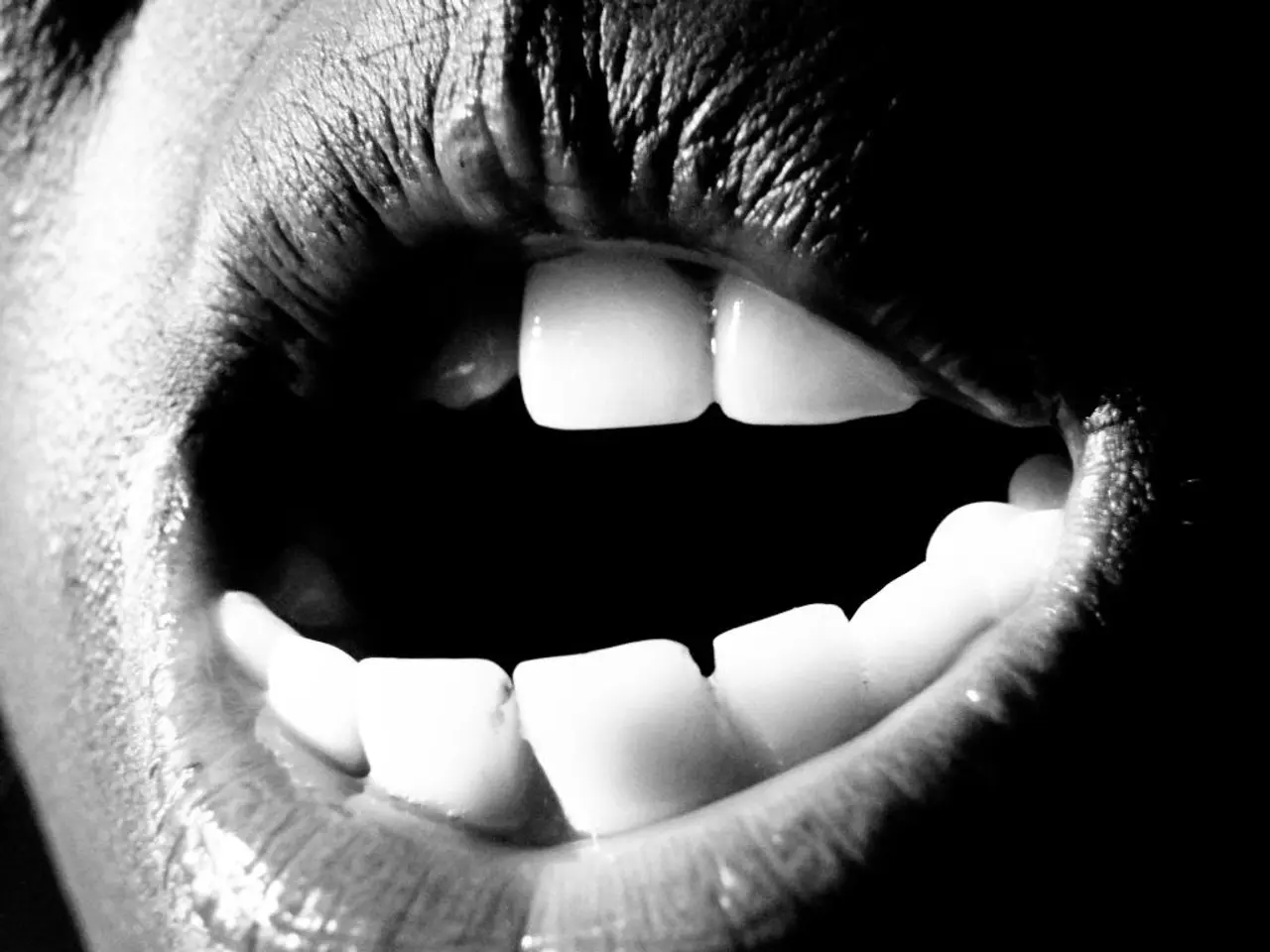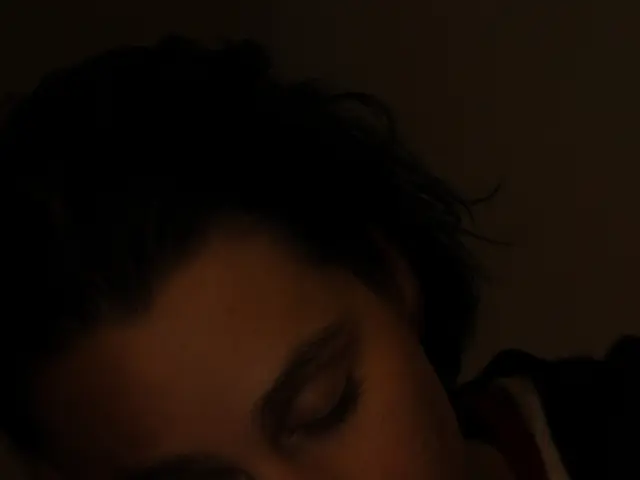Mouth Taping for Sleep: Promising but Risky, Experts Warn
A social media trend, mouth taping, has gained popularity for improving sleep by promoting nose breathing. However, medical experts warn of potential risks. Dr. Douglas Vollmer, a specialist at Oregon Health & Science University, has expressed concerns.
Mouth taping involves sealing lips with tape to encourage nose breathing. This method filters dust and allergens, humidifies air, and may help regulate blood pressure. To try it safely, use a small piece of medical-grade tape and ensure nasal passages are clear. Proper tongue posture is also crucial for effective nasal breathing during sleep.
However, mouth taping could exacerbate sleep apnea, a serious condition linked to heart disease, stroke, diabetes, depression, and early death. A review of studies found modest improvements in oxygen levels and breathing interruptions in only two out of eight studies, with no clinically significant benefits. Covering the mouth while sleeping can pose a risk of asphyxiation, especially for people with nasal blockages or sleep apnea. Experts recommend identifying and addressing the root causes of sleep issues, such as sleep apnea, rather than relying on mouth taping. Treatments for sleep issues include CPAP machines, dental mouthpieces, and lifestyle changes like quitting smoking or losing weight.
While mouth taping shows promise in promoting nose breathing, it may not provide significant benefits and carries risks. It's essential to consult healthcare providers before trying it, especially if you have sleep apnea or other breathing issues. Addressing the root causes of sleep problems and seeking appropriate treatments remain the best course of action.
Read also:
- Strange discovery in EU: Rabbits found with unusual appendages resembling tentacles on their heads
- Duration of a Travelling Blood Clot: Time Scale Explained
- Fainting versus Seizures: Overlaps, Distinctions, and Proper Responses
- Discontented Patients Lament as Negotiations between Johns Hopkins Medicine and UnitedHealthcare Break Down








